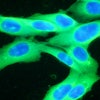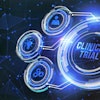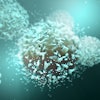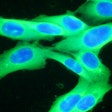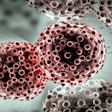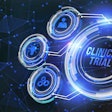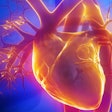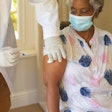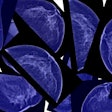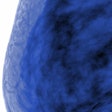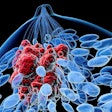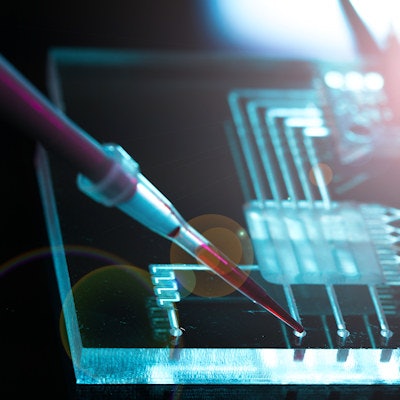
A novel chip-based microfluidic diagnostic platform, featuring a microfluidic chip and an artificial intelligence (AI)-powered automated microscope, can estimate hemoglobin levels in whole blood samples less expensively than hematology analyzers, according to research published February 23 in AIP Advances.
The microfluidic chip in combination with the AI-powered automated microscope has a turnaround time of 10 minutes, including incubation time. This biochemical assay, which can derive the total as well as differential counts of blood cells, achieved a sensitivity of 92.3% and a specificity of 53.8%, wrote lead author Lokanathan Arcot of SigTuple Technologies of Karnataka, India, and colleagues.
The microfluidic chip-automated microscope combination also achieved a Pearson correlation of 0.99 in a validation study comparing the new tool and a commercially available hematology analyzer. This means the data obtained from the microfluidic chip in combination with the automated microscope was comparable with the estimates of hematology analyzers. The validation study showed the method meets regulatory standards, indicating physicians and hospitals are likely to accept it.
The researchers believe that their imaging-based hemoglobin assay is a cost-effective alternative to the most prevalent hematology analyzers. The finalized chip design, including the reagent, cost $0.136, they reported. And they indicated their work can help guide future attempts to translate conventional biochemical assays onto microfluidic chips.
POC device
Rapid affordable point-of-care (POC) diagnostics continue to be in demand. But high reagent volumes and complex-expensive optical setup requirements create serious challenges when it comes to adopting conventional biochemical assays, such as the sodium lauryl sulfate (SLS) technique, into a POC device.
Essentially, the developers have created a modified SLS assay on a microfluidic platform in which quantification is achieved using a simple microscopy-based imaging setup. The scientists optimized various assay parameters, including SLS reagent-to-blood volume ratio, total reaction volume, the concentration of sodium dodecyl sulfate (SDS), and microfluidic chamber design to achieve photometric quantitation capability across a clinical range of hemoglobin. The microfluidic platform and automated microscope were designed to provide a complete blood count and differential count.
To compensate for low sensitivity and low signal intensity, the researchers modified the volume ratio between blood and the SLS reagent, as well as the concentration of SDS in the SLS reagent, to make them sensitive to hemoglobin across the clinically relevant range on an automated microscopy system.
Microfluidic technology makes it possible to minimize the reagent and a sample volume. Also, a greater amount of automation becomes possible, which minimizes the potential for manual errors. The microfluidic chip was designed with a single inlet through which the blood–reagent mixture is flowed using a pipette. The sample inlet port has a diameter of 1 mm so that the pipette tip fits tightly, preventing potential leaks.
The researchers explained that the AI-powered digital scanner can operate in two modes for blood analysis. The first mode identifies and counts cells/platelets in a mixture of blood and necessary reagents loaded into a microfluidic chamber. The second mode is for estimating the hemoglobin content. This activated only the green part of a red-green-blue-white LED.
The microscope normally uses a combination of red, green, and blue LEDs. It used only the green LED during hemoglobin estimation because the optimized reagent (SDS-hemoglobin) complex absorbs light in the green wavelength.
An AI-powered auto-focus program makes it possible to capture well-focused images at specified locations in the region of interest within the two-dimensional area of the microfluidic chamber or a smear slide.
